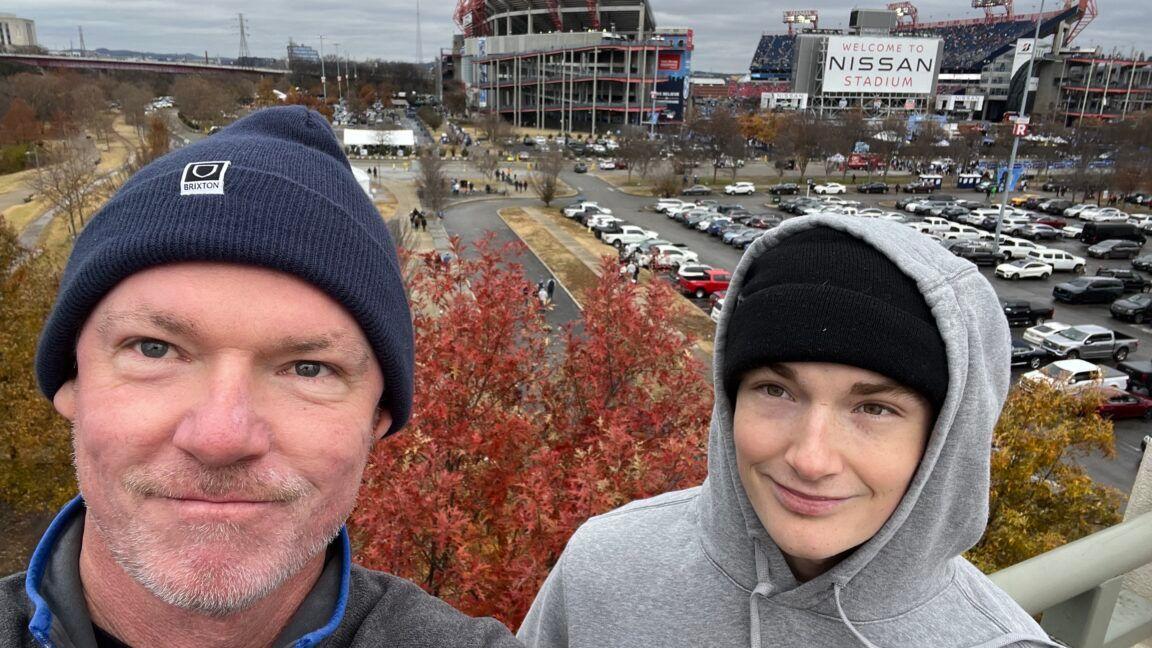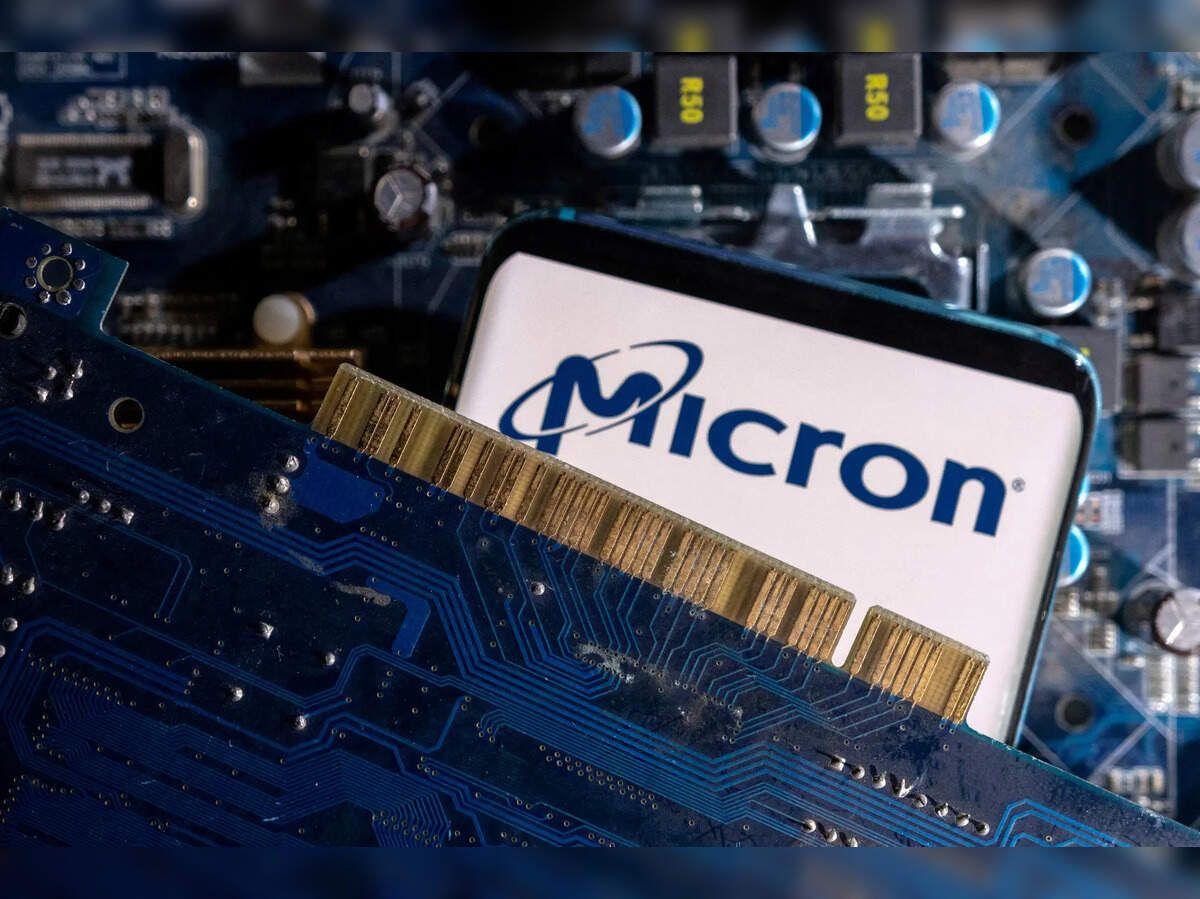NVIDIA Unveils Generative AI Tools and Enhanced Simulation for ROS Developers at ROSCon
2 Sources
2 Sources
[1]
NVIDIA : Brings Generative AI Tools, Simulation and Perception Workflows to ROS Developer Ecosystem
At ROSCon in Odense, one of Denmark's oldest cities and a hub of automation, NVIDIA and its robotics ecosystem partners announced generative AI tools ,simulation, and perception workflows for Robot Operating System (ROS) developers. Among the reveals were new generative AI nodes and workflows for ROS developers deploying to the NVIDIA Jetson platform for edge AI and robotics. Generative AI enables robots to perceive and understand the context of their surroundings, communicate naturally with humans and make adaptive decisions autonomously. ReMEmbR, built on ROS 2, uses generative AI to enhance robotic reasoning and action. It combines large language models (LLMs), vision language models (VLMs) and retrieval-augmented generation to allow robots to build and query long-term semantic memories and improve their ability to navigate and interact with their environments. Developers can get started today with ROS 2 Nodes for Generative AI, which brings NVIDIA Jetson-optimized LLMs and VLMs to enhance robot capabilities. Simulation is critical to safely test and validate AI-enabled robots before deployment. NVIDIA Isaac Sim, a robotics simulation platform built on OpenUSD, provides ROS developers a virtual environment to test robots by easily connecting them to their ROS packages. A new Beginner's Guide to ROS 2 Workflows With Isaac Sim, which illustrates the end-to-end workflow for robot simulation and testing, is now available. Foxglove, a member of the NVIDIA Inception program for startups, demonstrated an integration that helps developers visualize and debug simulation data in real time using Foxglove's custom extension, built on Isaac Sim. NVIDIA Isaac ROS, built on the open-source ROS 2 software framework, is a suite of accelerated computing packages and AI models for robotics development. The upcoming 3.2 release enhances robot perception, manipulation and environment mapping. Key improvements to NVIDIA Isaac Manipulator include new reference workflows that integrate FoundationPose and cuMotion to accelerate development of pick-and-place and object-following pipelines in robotics. Another is to NVIDIA Isaac Perceptor, which features a new visual SLAM reference workflow, enhanced multi-camera detection and 3D reconstruction to improve an autonomous mobile robot's (AMR) environmental awareness and performance in dynamic settings like warehouses. Robotics companies are integrating NVIDIA Isaac accelerated libraries and AI models into their platforms. Additionally, Teradyne Robotics and NVIDIA are co-hosting a lunch and evening reception on Tuesday, Oct. 22, in Odense, Denmark. The Open Source Robotics Foundation (OSRF) organizes ROSCon. NVIDIA is a supporter of Open Robotics, the umbrella organization for OSRF and all its initiatives.
[2]
NVIDIA Brings Generative AI Tools, Simulation and Perception Workflows to ROS Developer Ecosystem
Updates announced at ROSCon aim to accelerate development of AI-powered robot arms and autonomous mobile robots. At ROSCon in Odense, one of Denmark's oldest cities and a hub of automation, NVIDIA and its robotics ecosystem partners announced generative AI tools ,simulation, and perception workflows for Robot Operating System (ROS) developers. Among the reveals were new generative AI nodes and workflows for ROS developers deploying to the NVIDIA Jetson platform for edge AI and robotics. Generative AI enables robots to perceive and understand the context of their surroundings, communicate naturally with humans and make adaptive decisions autonomously. Generative AI Comes to ROS Community ReMEmbR, built on ROS 2, uses generative AI to enhance robotic reasoning and action. It combines large language models (LLMs), vision language models (VLMs) and retrieval-augmented generation to allow robots to build and query long-term semantic memories and improve their ability to navigate and interact with their environments. Developers can get started today with ROS 2 Nodes for Generative AI, which brings NVIDIA Jetson-optimized LLMs and VLMs to enhance robot capabilities. Enhancing ROS Workflows With a 'Sim-First' Approach Simulation is critical to safely test and validate AI-enabled robots before deployment. NVIDIA Isaac Sim, a robotics simulation platform built on OpenUSD, provides ROS developers a virtual environment to test robots by easily connecting them to their ROS packages. A new Beginner's Guide to ROS 2 Workflows With Isaac Sim, which illustrates the end-to-end workflow for robot simulation and testing, is now available. Foxglove, a member of the NVIDIA Inception program for startups, demonstrated an integration that helps developers visualize and debug simulation data in real time using Foxglove's custom extension, built on Isaac Sim. New Capabilities for Isaac ROS 3.2 NVIDIA Isaac ROS, built on the open-source ROS 2 software framework, is a suite of accelerated computing packages and AI models for robotics development. The upcoming 3.2 release enhances robot perception, manipulation and environment mapping. Key improvements to NVIDIA Isaac Manipulator include new reference workflows that integrate FoundationPose and cuMotion to accelerate development of pick-and-place and object-following pipelines in robotics. Another is to NVIDIA Isaac Perceptor, which features a new visual SLAM reference workflow, enhanced multi-camera detection and 3D reconstruction to improve an autonomous mobile robot's (AMR) environmental awareness and performance in dynamic settings like warehouses. Partners Adopting NVIDIA Isaac Robotics companies are integrating NVIDIA Isaac accelerated libraries and AI models into their platforms. Additionally, Teradyne Robotics and NVIDIA are co-hosting a lunch and evening reception on Tuesday, Oct. 22, in Odense, Denmark. The Open Source Robotics Foundation (OSRF) organizes ROSCon. NVIDIA is a supporter of Open Robotics, the umbrella organization for OSRF and all its initiatives.
Share
Share
Copy Link
NVIDIA introduces new generative AI tools, simulation capabilities, and perception workflows for Robot Operating System (ROS) developers at ROSCon in Odense, Denmark, aiming to accelerate the development of AI-powered robots.

NVIDIA Introduces Generative AI Tools for ROS Developers
At ROSCon in Odense, Denmark, NVIDIA and its partners unveiled a suite of generative AI tools, simulation capabilities, and perception workflows for Robot Operating System (ROS) developers. These innovations aim to enhance the development of AI-powered robots, particularly those deploying on the NVIDIA Jetson platform for edge AI and robotics
1
2
.Generative AI Enhancements
A key announcement was the introduction of ReMEmbR, a ROS 2-based system that leverages generative AI to improve robotic reasoning and action. ReMEmbR combines large language models (LLMs), vision language models (VLMs), and retrieval-augmented generation, enabling robots to build and query long-term semantic memories. This advancement is expected to significantly improve robots' ability to navigate and interact with their environments
1
2
.NVIDIA also released ROS 2 Nodes for Generative AI, which brings Jetson-optimized LLMs and VLMs to enhance robot capabilities. These tools are designed to enable robots to better perceive and understand their surroundings, communicate naturally with humans, and make autonomous adaptive decisions
1
2
.Simulation and Visualization Improvements
Recognizing the critical role of simulation in safely testing AI-enabled robots, NVIDIA has enhanced its Isaac Sim platform. Built on OpenUSD, Isaac Sim provides a virtual environment for ROS developers to test their robots by easily connecting them to ROS packages. A new Beginner's Guide to ROS 2 Workflows With Isaac Sim has been released to facilitate this process
1
2
.Foxglove, a member of the NVIDIA Inception program for startups, demonstrated an integration that allows developers to visualize and debug simulation data in real-time using a custom extension built on Isaac Sim
1
2
.Related Stories
NVIDIA Isaac ROS 3.2 Updates
The upcoming 3.2 release of NVIDIA Isaac ROS, a suite of accelerated computing packages and AI models for robotics development, introduces several enhancements:
-
NVIDIA Isaac Manipulator now includes new reference workflows integrating FoundationPose and cuMotion, accelerating the development of pick-and-place and object-following pipelines in robotics
1
2
. -
NVIDIA Isaac Perceptor features a new visual SLAM reference workflow, enhanced multi-camera detection, and 3D reconstruction. These improvements aim to enhance autonomous mobile robots' (AMRs) environmental awareness and performance in dynamic settings like warehouses
1
2
.
Industry Collaboration and Support
NVIDIA announced that various robotics companies are integrating NVIDIA Isaac accelerated libraries and AI models into their platforms, although specific details were not provided
1
2
.The company also highlighted its support for the Open Source Robotics Foundation (OSRF), the organizer of ROSCon, and its umbrella organization, Open Robotics
1
2
.As part of the event, NVIDIA and Teradyne Robotics are co-hosting networking events in Odense, further fostering collaboration within the robotics community
1
2
.These developments underscore NVIDIA's commitment to advancing AI-powered robotics and supporting the ROS developer ecosystem, potentially accelerating innovation in the field of autonomous systems and robotic applications.
References
Summarized by
Navi
[1]
Related Stories
NVIDIA Unveils Comprehensive AI Stack for Next-Generation Humanoid Robots
30 Sept 2025•Technology

NVIDIA Unveils Advanced AI and Simulation Tools to Accelerate Robot Learning and Humanoid Development
07 Nov 2024•Technology

NVIDIA Unveils Cosmos Reason and Advanced AI Models for Robotics and Physical AI Applications
12 Aug 2025•Technology

Weekly Highlights
1
Google TPUs Challenge Nvidia's AI Chip Dominance as Meta Explores Billion-Dollar Switch
Business and Economy

2
OpenAI and Jony Ive Reveal First Hardware Prototype for Screenless AI Device
Technology

3
OpenAI Faces Legal Battle Over Teen Suicide Cases, Blames Users for Violating Terms of Service
Policy and Regulation





